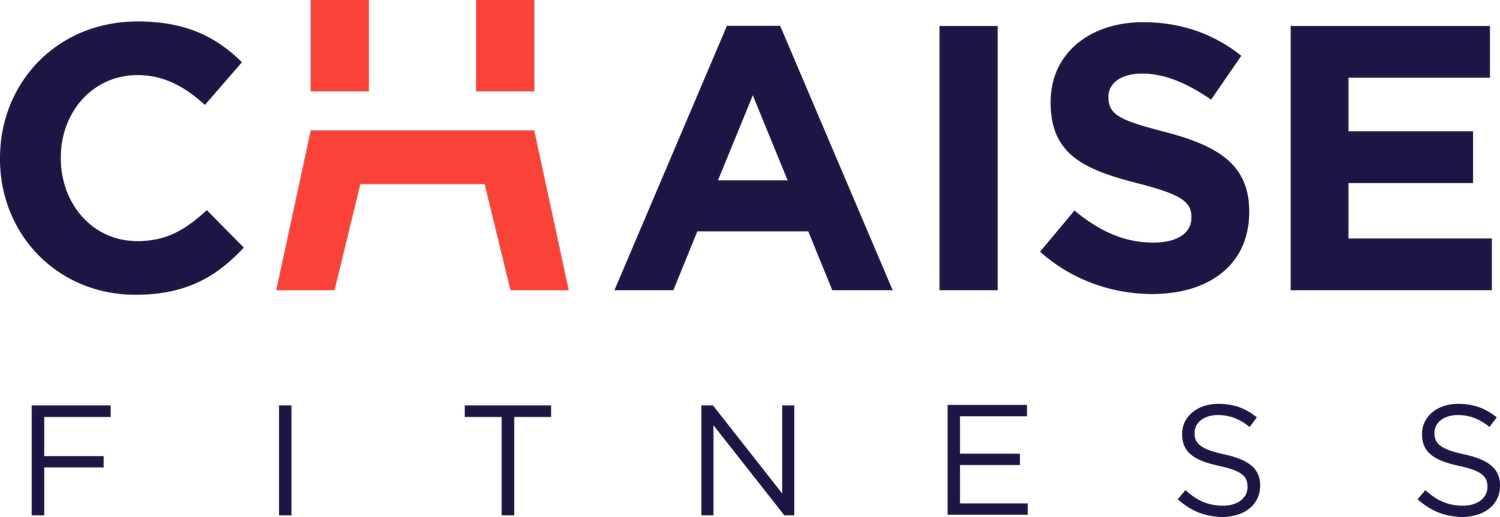How to Choose a Pilates Reformer
A good quality Reformer can provide client sessions for well over 20 years! When selecting a Pilates Reformer for home use, there are several key factors to keep in mind:
Choose the Right Pilates Reformer
Space: Measure the available space in your home. If you have limited space, look for a compact Reformer that can be easily stored when not in use. Consider its weight if you plan to move it frequently.
Budget: Determine how much you're willing to invest in a Reformer. While they come in various price ranges, remember that this is an investment in your health and fitness.
Adjustability: Look for a Reformer that offers a range of adjustable settings. This ensures that it can accommodate different body sizes and fitness levels, making it suitable for multiple users in a household.
Quality and durability: Check the materials used in construction. High-quality materials like steel or aluminum offer greater durability and stability. Read reviews to assess the Reformer's long-term performance.
Brand reputation: Research reputable brands that are known for producing reliable home Pilates Reformers. Brand reputation often reflects the quality of their products.
Ease of assembly: Consider whether you can assemble the Reformer yourself or if you need professional assistance. Some models are designed for easy DIY assembly.
EXAMPLES:
Workout conveniently at home with the At Home SPX® Reformer Package with Vertical Stand. From the patented rolling carriage to high-performance tension springs, the durable and easy-to-use At Home SPX is a testament to quality and craftsmanship. With its Vertical Stand, the Reformer stores upright, making it perfect for any-sized space. This Reformer package also includes a metal roll-up pole, padded platform with extender and a reformer box with foot strap. Challenge endurance, build core strength and improve flexibility with hundreds of exercises ranging in level from beginner to advanced.
Also sometimes referred to as the Trapeze Table or just the Cadillac, the Pilates Cadillac Reformer places the body into a variety of suspended positions. Using a series of ropes and pulleys, you can lift your legs and arms into the air to suspend your body over a thin mat. The primary difference between the conventional reformer and the Cadillac Reformer is the addition of horizontal and vertical bars above the table. These bars transform Pilates into a three-dimensional exercise routine you perform up in the air.
Joseph Pilates designed a few different types of Pilates chairs. The Wunda Chair is likely the most popular, but other Pilates chairs also remain in wide use. Designed by Joseph Pilates specifically for the dancer Kathy Grant, the Wunda Chair features a raised seat with a spring-loaded platform below it and to the side. From a variety of different positions, you can push down on this platform while changing the resistance to suit your needs. Sometimes somewhat tastelessly referred to as the “Electric Chair,” the Pilates Highchair is designed to raise your body vertically in the air in a variety of positions. Not so commonly used these days, the Pilates Armchair, also referred to as the Baby Chair, features a backrest that moves back and forth with varying resistances.
Try before you buy
Whenever possible, try out the Reformers you're considering before making a purchase. Attend industry events, workshops, or conferences where you can test different models and get a feel for their quality and functionality. Prioritize the safety and comfort of your clients. Look for Reformers with features like adjustable headrests, well-padded platforms, and secure strap systems. Safety should always be a top priority in your studio.
ChaiseFitness Offers Reformer Pilates Classes in Upper East Side!
At ChaiseFitness, we believe that anyone can be fit—no matter what skill level or body type. This belief inspired the creation of our patented Reinvention Method, which is for everyone—the athlete, the dancer, the beginner, the advanced, the rebuilder. We blend Pilates, ballet, and strength training and equip you with a chair and overhead bungees so that you work out all your muscles every time. We are located in Upper East Side in Manhattan. For more information, you can contact us at (973)996-2063, or visit our website.
